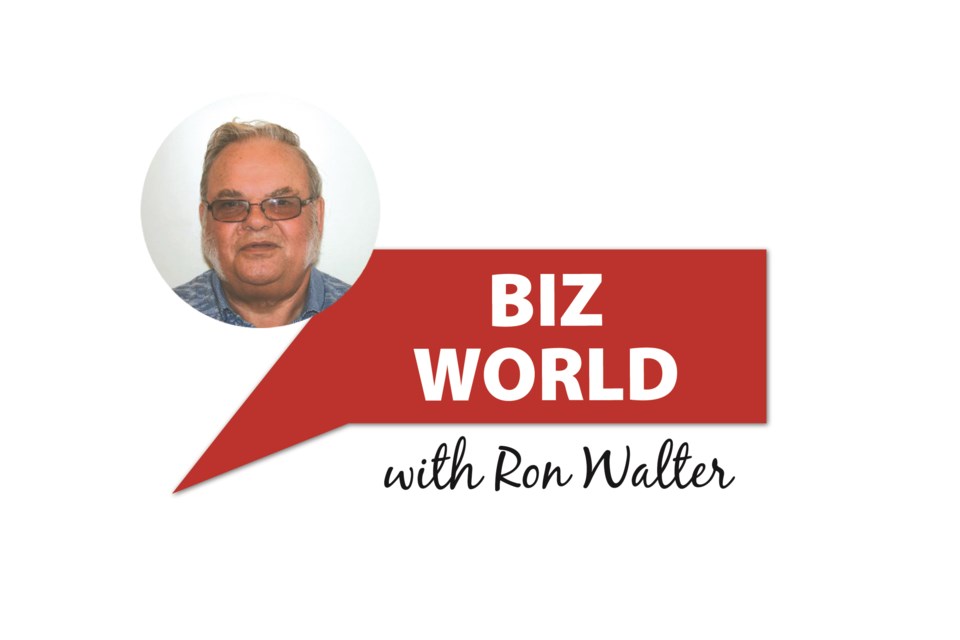February is the month when some savers take the last minute to put money into their retirement plans.
Aside from how much one can save and the limits allowed, savers have two main options – Registered Retirement Saving Plan (RRSP) or Tax Free Savings Account (TFSA).
Both are vehicles intended to encourage saving for retirement. The question arises which one is the best?
Analysts suggest the RRSP, which offers an immediate income tax break with taxes paid when money is withdrawn in retirement, is best for low income people who don’t expect much higher income during their career.
The TFSA, according to analysts, is better for people expecting higher income in later years.
Taxes are already paid on money put into a TFSA so no taxes are owed on withdrawal. Withdrawal from a TFSA can be made at any time for any reason. Withdrawals from RRSPs are limited in scope with eventual minimum withdrawals required.
The tax argument makes sense on paper. But low income earners have difficulty salting away any money. Few of us can predict how high income will become over time.
Saving for retirement with one of these plans requires thoughts on which is best or your personal situation. If one can afford savings for both that would be ideal.
The TFSA is more flexible on withdrawals and offers tax free income. Speaking personally, if my retirement had been with a TFSA my standard of living would be much higher.
Another option worth investigating is the Saskatchewan Pension Plan, which was set up in the 1980s for people who had no pension plan but wanted something more than the Old Age and Canada Pension Plans.
Once the decision, RRSP or TFSA, is made the concern becomes where do I place the money to earn the best return.
Safe Guaranteed Income Certificates (GICs) are offering four per cent interest, sometimes better, but no gain on the principal.
Putting money into risky stock market, especially for younger savers, might be a good idea. The market return has been terrible this last year and may not be any better in 2023.
One of the investment companies recently sent clients a graph that shows $10,000 invested at Dec. 31-2001 to Dec. 31-2021, and how major stock markets averages have performed.
Canada’s S&P TSX index went from $10,000 to $40,300 in that 20-year period. There were ups and downs. The biggest down was the 2008 crash when the $20,000 gain went back to $10,000. The loss was recovered in two years.
The stock market is the best bet for the biggest gains, but also the riskiest. Get a good adviser, one you trust, not one who is a friend.
A few possibilities chosen from the S&P TSX index follow.
For income, some long term growth and stable companies: Telus, $28.07, yield 4.9 per cent; Enbridge, $54.63, yield, 6.5 per cent; Imperial Oil, $68.57 yield, 2.6 per cent
For growth consider online bank, Equitable Trust, $66.05, yield, 1.9 per cent; clothing retailer Aritzia, $47.52, no yield; Parkland Industries, $30.62 yield, 4.1 per cent; and Pet Valu, $40.12 yield .6 per cent.
Be sure and do your homework first and get a knowledgeable trusted adviser.
CAUTION: Remember when investing, consult your adviser and do your homework before buying any security. Bizworld does not recommend investments.
Ron Walter can be reached at [email protected]
The views and opinions expressed in this article are those of the author, and do not necessarily reflect the position of this publication.




